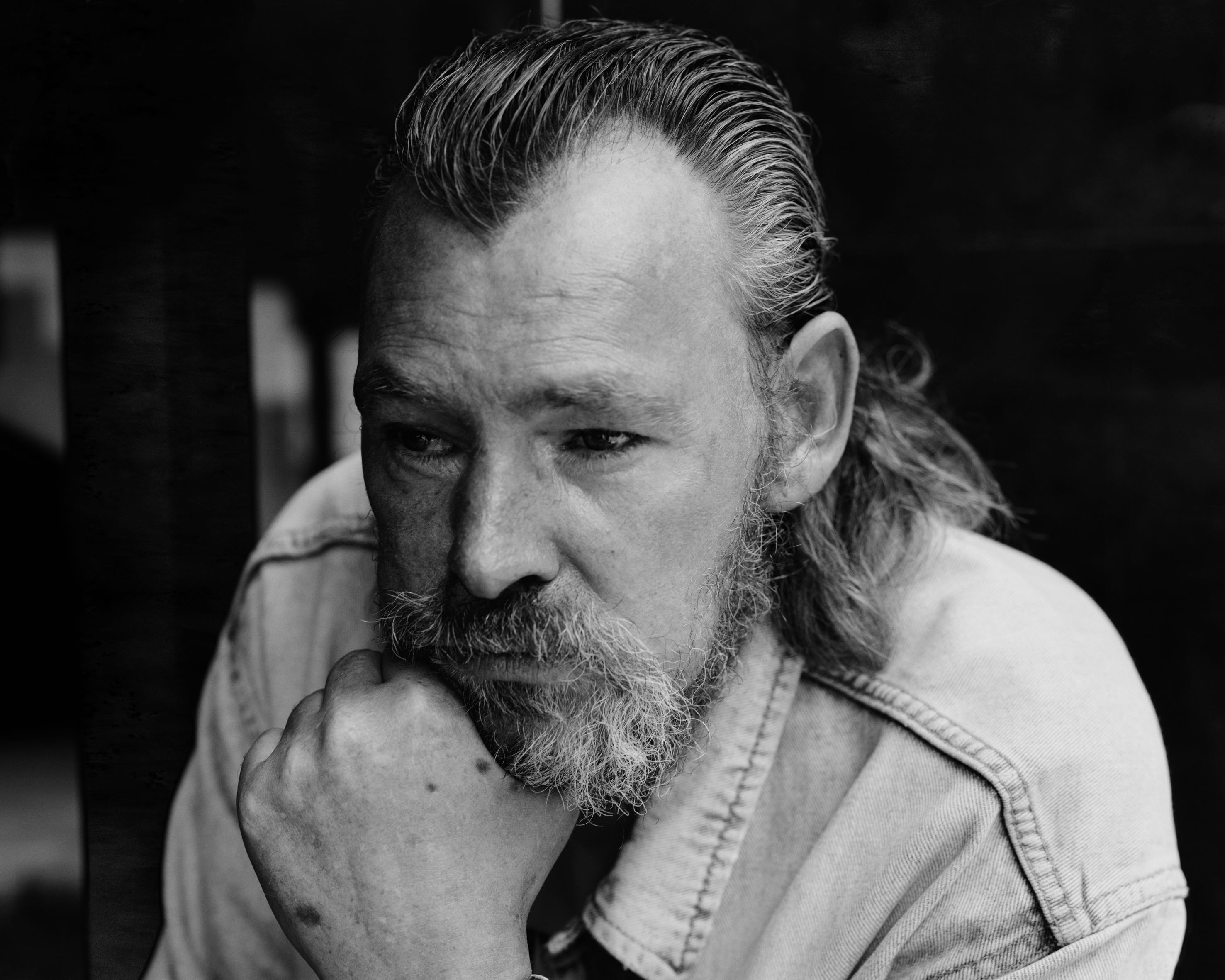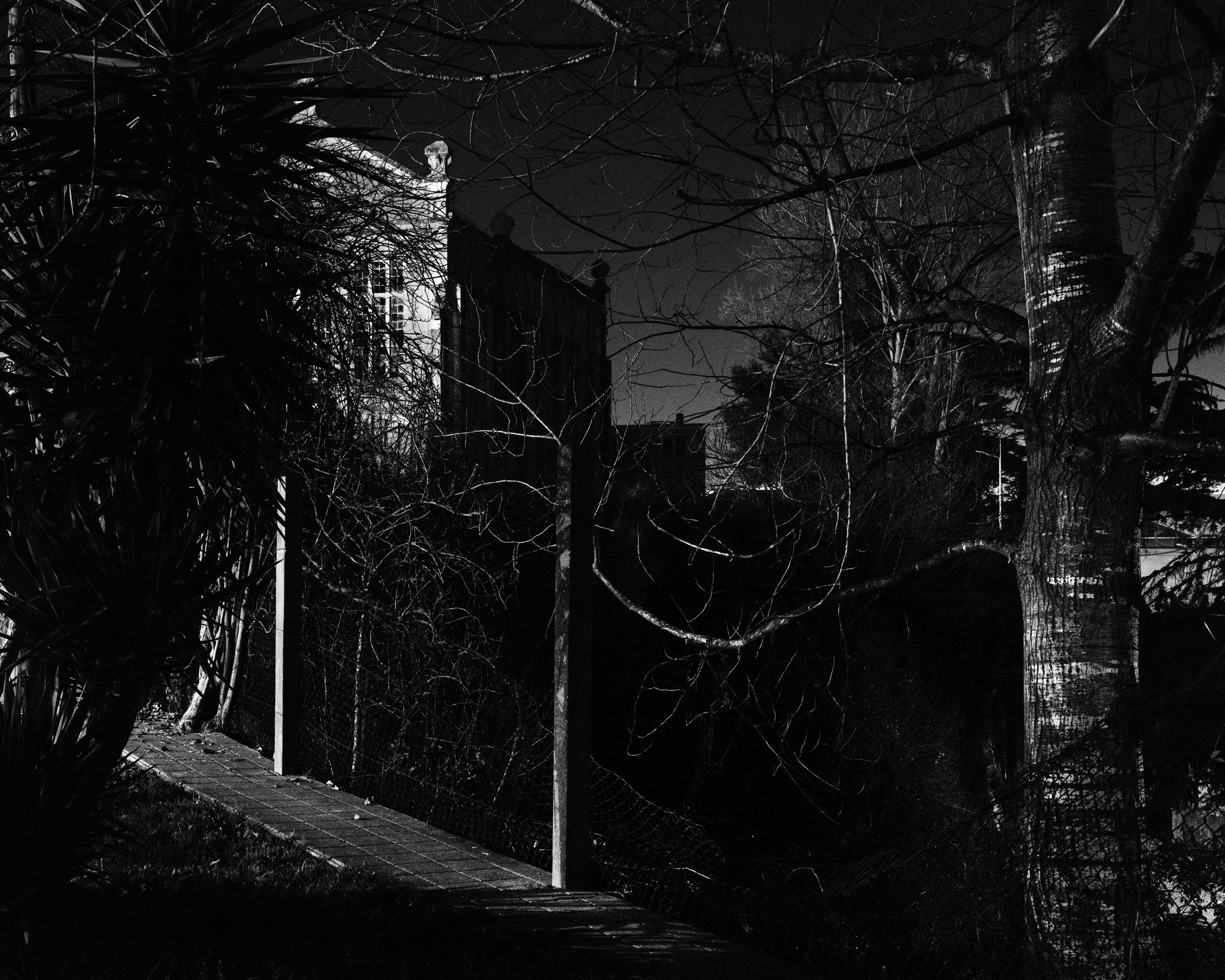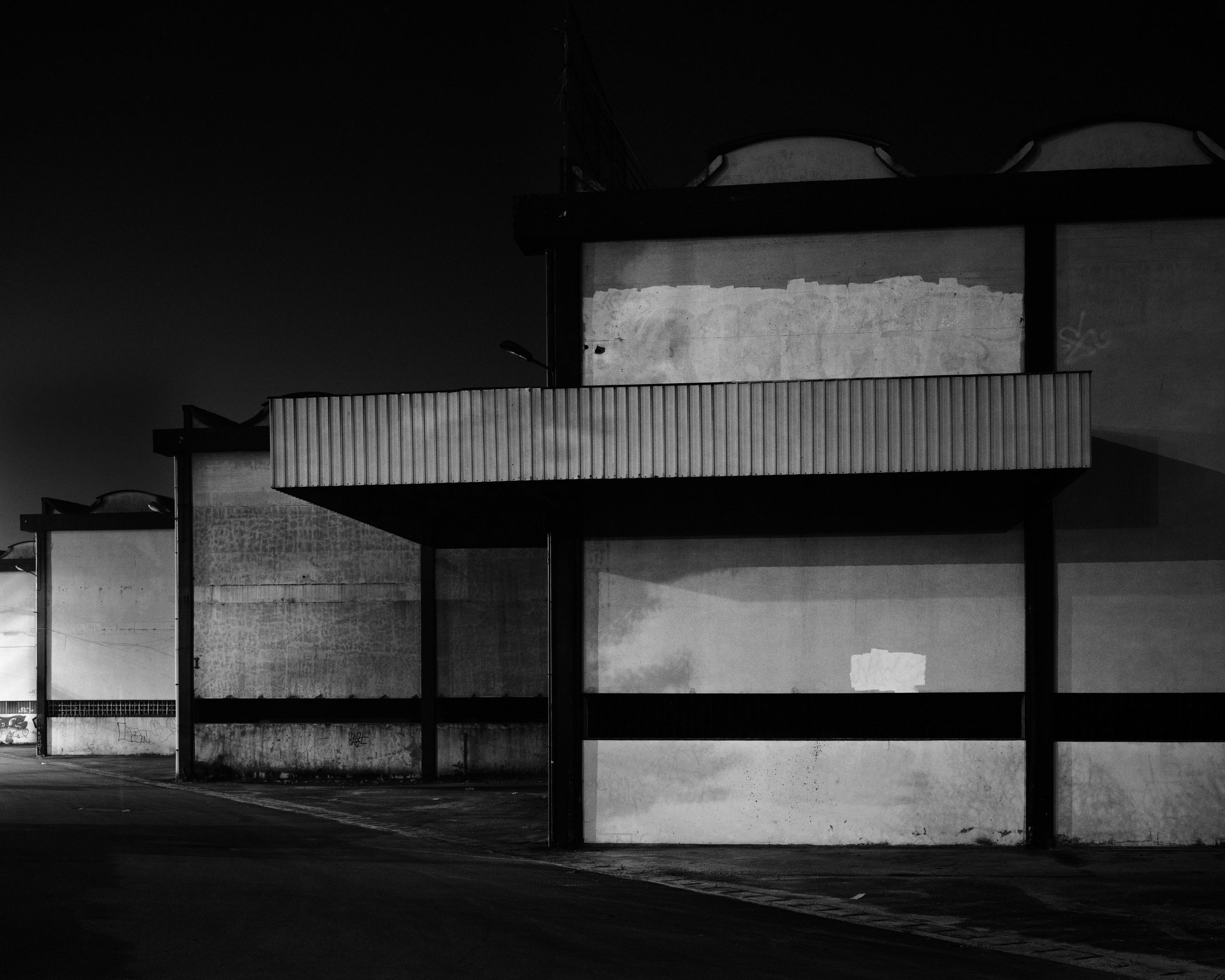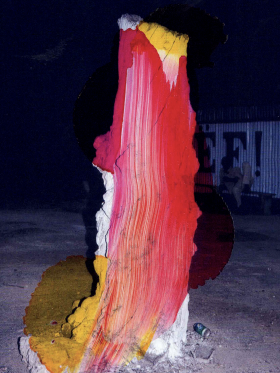Porto is a city of megalomaniacs. In our extravagant fantasy, Porto is infinitely larger than the real size of the city. In truth, its streets are narrow and its houses small, with cramped, gloomy, hidden rooms. There are hardly any squares, the palaces can be counted on the fingers of one hand and the public gardens are tiny. You can walk, in a straight line or a zigzag, from one end of the city to the other in a morning. Yet what the eyes observe is not what the mind sees. We grow up imagining that the world had its origins in a mysterious point somewhere between the Cathedral, Cordoaria Gardens and the Square. And when the world comes to an end, after all the centuries have passed, Porto will be the last city to disappear.
For a long time, all that was beyond the horizon was Foz. Boats came and went from the mouth of the Douro as if obeying a natural law. Just as waves lap the beach alongside the Castelo do Queijo, and the river enters the sea. The idea of an open, prosperous, cosmopolitan, constantly growing city was passed down through the generations, like a litany, a popular romance. A truth as solid and indisputable as a myth, locked inside and protected by what remains of the ancient Fernandine walls. When, just over 15 years ago, planes of every colour, size and nationality began to touch down at the hitherto almost deserted airport, many Portuenses were finally able to leave and to travel the vast and unknown world. Cheap tickets and the ‘liberalisation of airspace’ allowed us to take to the skies and travel to other cities which we only knew about through books, newspapers, films or television. Our faith, however, remained intact. For us, every trip serves less to discover other landscapes than to recognise countless echoes of the greatness of our city. We travel to see what of Porto exists in Paris, Sydney, Moscow and Timbuktu.
The Porto problem has always existed. Yet there is a moment at which everything falls apart. The moment from which time in the city became governed by a kind of out of tune clock. On 31 January, 1891, the first attempt at installing a Republic took place on our streets. The uprising, quashed in a few hours by the Guarda Municipal, marked the point at which Porto began slowly and irretrievably to lose its way. As the city’s political influence shrank, our troubles grew. Over the course of the twentieth century, Porto lost its industries and the major financial institutions moved permanently to the capital. There is hard and fast evidence and written testimony of this in all the history books, yet we tell ourselves a different story. Our decline is clearly exaggerated. Our status as Portugal’s second city is a tragic fiction that has been imposed on us from outside. The street that was named ‘31 de Janeiro’ to mark the failed uprising was formerly Rua de Santo António, the name by which it is still known among the oldest of the oldest of the city’s inhabitants. Stretching from São Bento to Batalha, it is a particularly steep street and one of the most arduous to climb. When descending, some care is needed not to trip and fall.









Share article